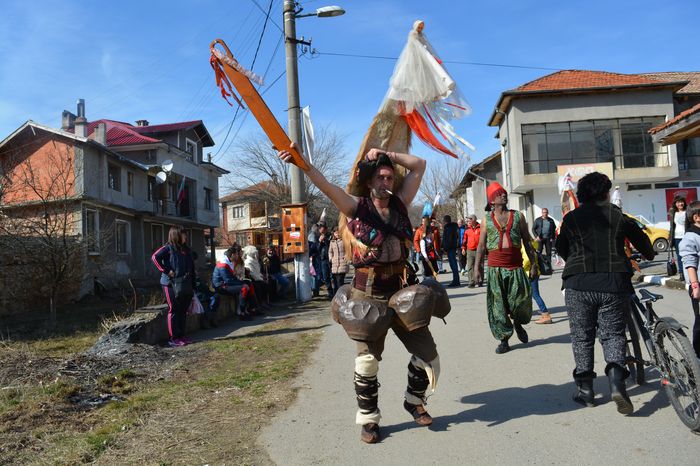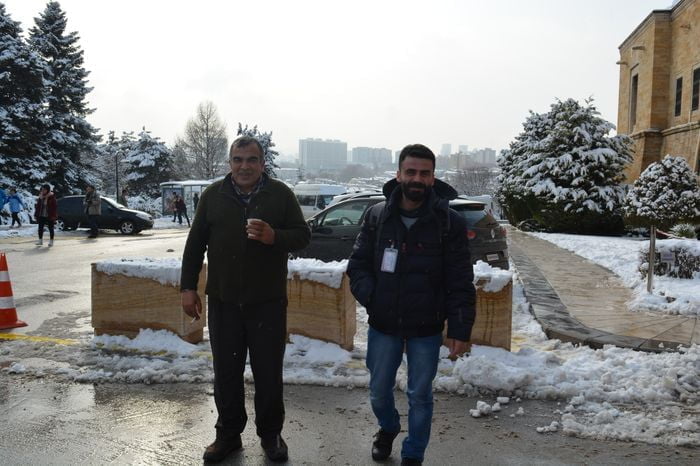Acknowledging the Failures
When Mr. Schuyler confronted the Governor of Philippopolis about the reprehensible actions of the Mudir, he received a feeble response. The governor admitted knowledge of the Mudir’s wrongdoing but claimed there was no one better suited to replace him. This grim reality reflects a broader trend of impunity for perpetrators of heinous crimes. Achmet Aga, notorious for the massacre in Batak, along with other equally infamous figures like the destroyer of Perushtitza and the arsonist Tossum Bey, have not faced punishment. Instead, they’ve been rewarded, decorated, and even promoted for their atrocities.
Diplomatic Paralysis
Sadly, diplomatic efforts have proven impotent in addressing these injustices. Sir Henry Elliot’s tepid response in Constantinople underscores the lack of belief in the severity of the atrocities. Consequently, any representations made to the Porte are likely to be met with superficial promises and empty assurances. The cycle continues as the Porte issues meaningless reforms on paper, satisfying diplomats without effecting real change Bulgaria Tours.
The Grim Reality
The truth is stark: reform is a distant dream in an empire where few recognize its necessity, and fewer still are willing to implement it. The Mutassarif of Philippopolis spoke candidly when he confessed to the absence of suitable replacements for corrupt officials. Even if reforms were feasible, the will to enact them is sorely lacking. The entrenched bureaucracy and indifference to the suffering of the populace ensure that justice remains elusive.
A Call for Accountability
As we grapple with the grim reality of diplomatic impotence and bureaucratic inertia, it becomes clear that change will not come from within. The international community must hold perpetrators accountable and pressure the Ottoman Empire to enact meaningful reforms. Only through sustained advocacy and unwavering commitment to justice can we hope to address the rampant impunity and bring an end to the cycle of violence and oppression.









